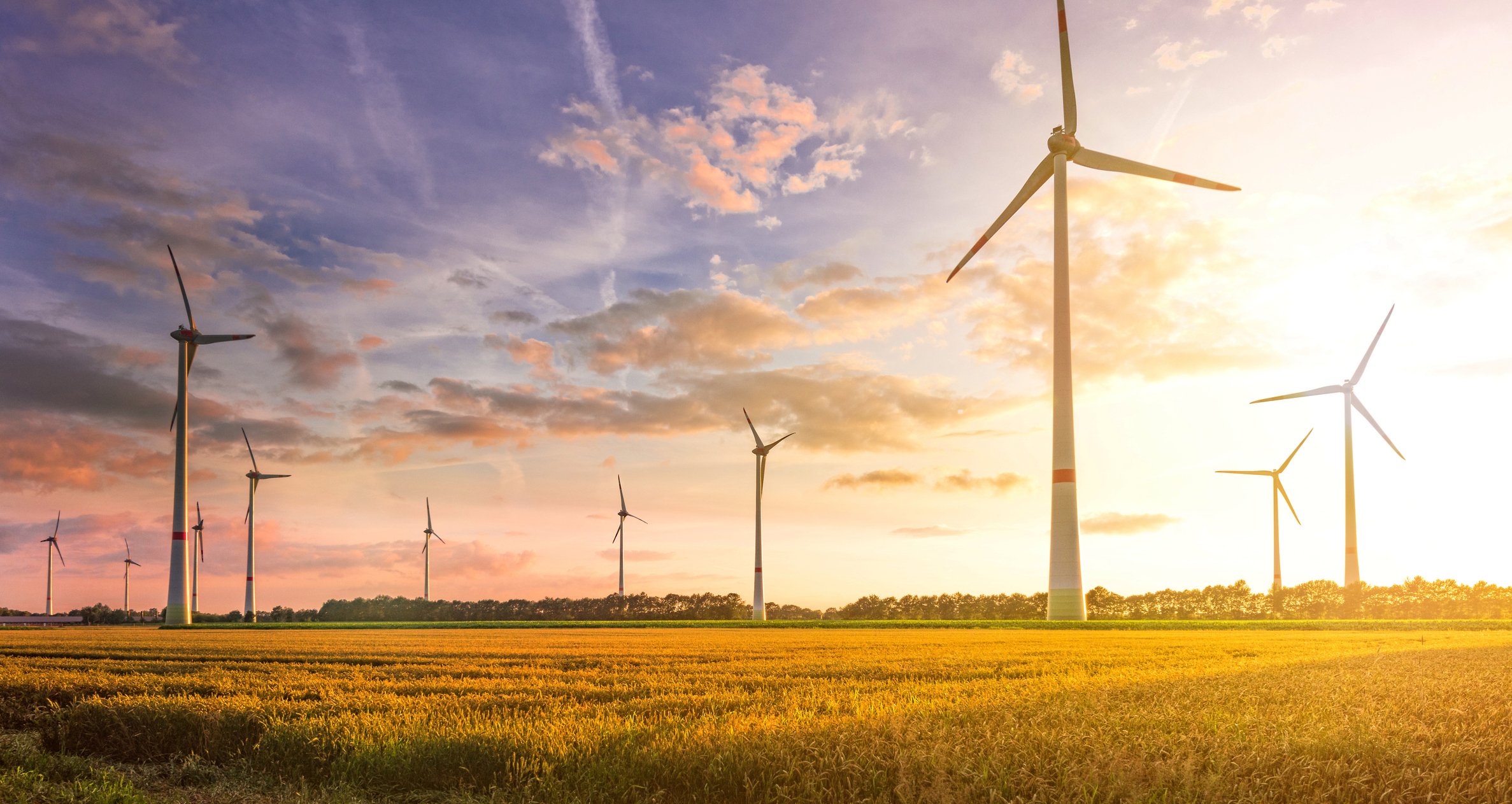TerraForm Power (TERP +0.00%) wants to make itself an attractive option to dividend investors. That means not only paying a high yield but also growing its payout by a meaningful annual rate. The renewable-energy company is doing well so far, as it currently yields 5.1%. Meanwhile, it has increased its dividend by 6% since it started paying one again last year.
The company believes it has enough power within its existing portfolio to grow its payout by 5% to 8% per year through at least 2022. However, that hasn't stopped it from seeking out additional growth opportunities, including recently making another needle-moving acquisition. While it doesn't need to make any more deals to support its dividend growth plan, it sees two opportunities up ahead, which could drive accelerated growth in the coming years.

Image source: Getty Images.
Building out a platform for growth
TerraForm Power recently completed the $720 million acquisition of a 320-megawatt (MW) portfolio of distributed generation (DG) assets. These assets produce power near end users (e.g., rooftop and ground-mounted solar systems), which it sells to commercial, industrial, and residential customers under long-term, fixed-price contracts, enabling it to generate steady cash flow. The company expects the acquisition to provide a modest increase to its cash flow per share in 2020 as well as over the next five years.
That deal boosted TerraForm's DG portfolio to 750 MW, which is one of the biggest in the sector. The company now plans to concentrate on this business in the near term. On the third-quarter conference call, CEO John Stinebaugh commented on its plans:
"In light of the growing scale of this portfolio, we're in the process of making DG a standalone business within TerraForm Power. We believe that this will ensure that we provide the level of focus on this business line in order to execute our strategy of enhancing the value of our existing assets and, with the support of Brookfield, developing a pipeline of new development projects and driving growth through M&A."
He further elaborated on M&A by noting that the company has been "pursuing two investment themes," one being further building out its DG platform. He said that "in North America, we're seeing returns on DG at a premium level to utility solar as a result of the scale of our existing platforms and potential for operating synergies." So it seems likely that the company will make more DG-focused acquisitions in the coming years. That would enable it to grow its cash flow at an even faster rate in the future, enhancing its dividend growth plan.

Image source: Getty Images.
Building off a previous deal
One of the main drivers of TerraForm's dividend growth plan was 2018's acquisition of Spanish wind and solar power producer Saeta. That deal significantly increased its cash flow, which gave it a large portion of the power needed to support its dividend strategy.
Another thing the transaction did was provide TerraForm with an expandable platform. Stinebaugh pointed this out during the third-quarter call. He stated that the other investing theme it has been pursuing is "a consolidation play in this Spanish renewables market." That's because "the sector is fragmented with many assets owned by private undercapitalized developers."
The company has made notable progress pursuing deals in recent months. Stinebaugh pointed out on the call that "as a result of our business development initiatives, we have a robust pipeline of opportunities, including solar acquisitions in Spain totaling nearly 150 megawatts, that would require over $150 million of equity investments in which we are in advanced stages of negotiations." The company's ability to close these acquisitions would provide even more power for its dividend growth plan.
An already excellent outlook is looking even brighter
TerraForm Power has enough internal power sources to grow its 5.1%-yielding dividend at a 5% to 8% annual rate through 2022. However, instead of coasting, the company has been seeking out additional opportunities to enhance its plan. It recently did that by bolstering its DG portfolio into one of the biggest in the industry, which sets it up to make more deals to grow that platform. In addition, its consolidation thesis in Spain is starting to play out, so the renewable-energy company could grow its dividend at or above the high end of its target range, which could produce even higher total returns for its investors in the coming years. That enhances its appeal as one of the sector's best buys.






